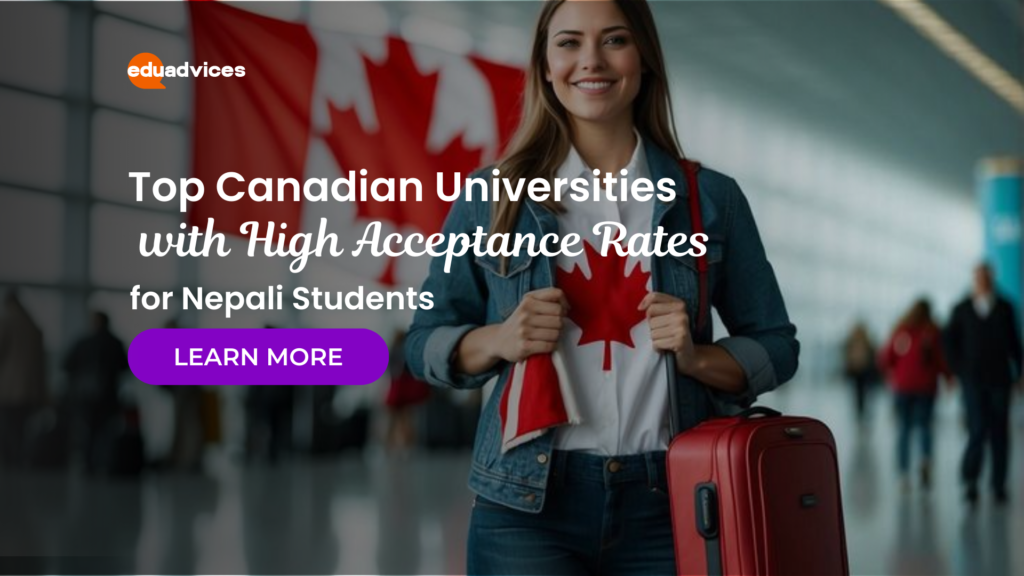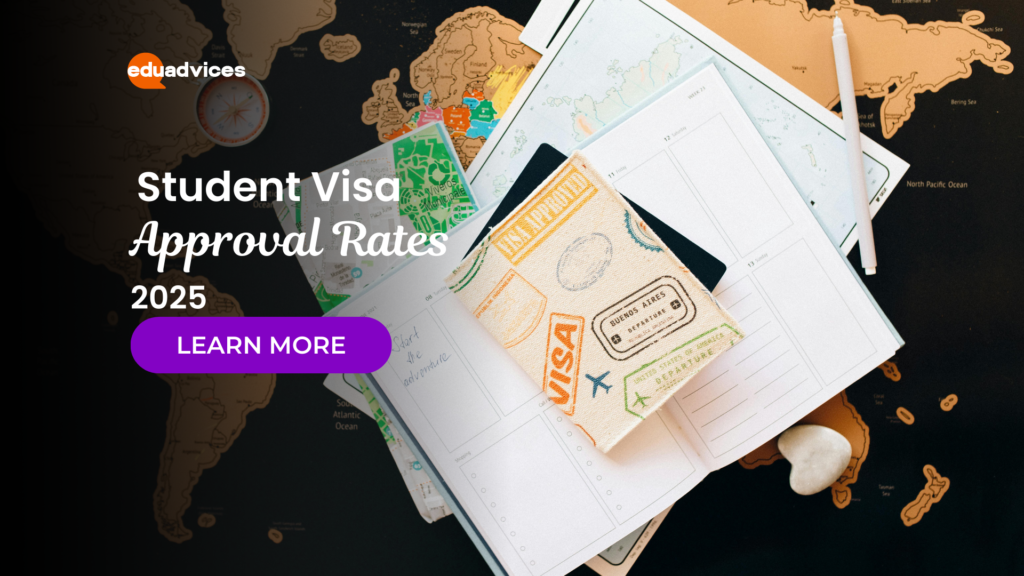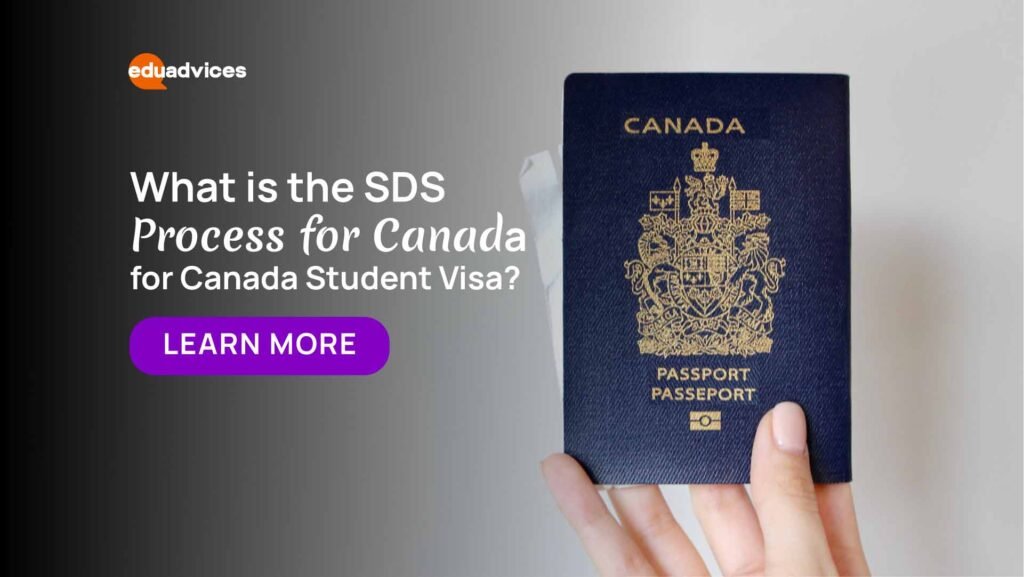Cost of Studying in Canada for International Students: Tuition, Living and Hidden Costs
Canada has become one of the top choices for international students who are looking for a high-quality education in a welcoming environment. Every year thousands of students from Nepal, India and across the world apply to Canadian universities because of their global reputation, safe cities and diverse opportunities after graduation. While the country is known to be more affordable than destinations like the United States or the United Kingdom, the cost of studying in Canada for international students can still vary widely depending on the course, location and lifestyle choices. When planning to study in Canada, it is important to look beyond just the tuition fees. Students need to prepare for additional living expenses such as rent, food, transportation and health insurance. On top of that there are hidden costs like visa applications, textbooks and seasonal clothing that can surprise many first-time students. In this blog, we will break down the real cost of studying in Canada for international students by exploring tuition fees, cost of living and the hidden expenses you should not ignore. This guide will also share scholarship options and practical budgeting tips so that international students can manage their finances and enjoy their academic experience without unnecessary stress. Tuition Fees in Canada for International Students The first and biggest expense for anyone planning to study abroad is tuition. The tuition fee in Canada for international students varies depending on the university, program and level of study. Undergraduate Program Average range: CAD 15,000 – CAD 35,000 per year Arts, Humanities and Social Sciences are usually on the lower end (CAD 15,000 – CAD 25,000) Businesses, engineering and medical-related courses can be higher (CAD 20,000 – CAD 35,000) Postgraduate/Master’s Program Average range: CAD 17,000 – CAD 35,000 MBAs and specialized professional courses often cost CAD 30,000 or more annually It is also important to note that most Canadian universities require advance payment of tuition for at least one academic year, which can feel like a heavy upfront cost. However, many schools provide installment plans or allow students to combine tuition payments with scholarships and part-time work income. When calculating the cost of studying in Canada for international students, always check the official university website for the latest tuition rates since they can change every year. Planning early will give you enough time to explore scholarships, financial aid opportunities and even co-op programs that help offset tuition costs. Cost of Living in Canada for International Students The cost of living in Canada for international students usually ranges between CAD 10,000 and CAD 15,000 per year, but your actual expenses will depend on the city, lifestyle, and type of accommodation. Here are the main factors you should consider: Housing Student housing in Canada is often the largest expense. On-campus accommodation costs about CAD 3,000 to CAD 8,000 per year, while renting off-campus can range from CAD 800 to CAD 1,500 per month in big cities like Toronto or Vancouver. Smaller towns usually offer cheaper rent. Food and Groceries International students spend around CAD 250 to CAD 400 per month on food and groceries. Cooking at home is the most budget-friendly option, while eating out regularly can significantly increase your living expenses in Canada. Transportation Public transport is reliable and student discounts are widely available. Monthly transit passes cost between CAD 80 and CAD 120, depending on the city. Walking or biking is also a great way to save money if your university is nearby. Health Insurance and Student Fees Health coverage is mandatory, and costs vary by province. On average, international students should budget CAD 600 to CAD 1,000 per year for health insurance and other student service fees. Regional Differences The cost of living in Canada is not the same everywhere. Larger cities like Toronto, Vancouver, and Montreal are more expensive, while smaller cities such as Ottawa, Halifax, or Saskatoon are much more affordable for international students. Hidden Costs International Students Should Know When planning your budget, it’s important to look beyond tuition and the basic cost of living in Canada for international students. Many newcomers are surprised by the hidden expenses that can add up over the year. Here are some key ones: Textbooks and Study Materials Academic resources are not included in tuition fees. On average, students might have to spend CAD 500 to CAD 1,000 per year on textbooks, online subscriptions, and lab supplies. Technology and Gadgets Many MBA or STEM programs require laptops, software, or specific tools. A good laptop and licensed software can cost between CAD 1,000 and CAD 2,000, which is a one-time but significant expense. Clothing for Canadian Winters If you are moving from Nepal or warmer regions, be prepared for an additional CAD 300 to CAD 800 on winter coats, boots, and thermal wear to handle the cold climate. Application and Visa Fees Even before you arrive, you will need to cover hidden costs like CAD 100 to CAD 250 for university application, CAD 150 for a study permit application, and sometimes extra fees for biometric appointments. Communication expenses Mobile plans in Canada can be pricey. Expect to pay CAD 40 to CAD 100 per month for a student phone plan with data. Leisure and Miscellaneous Cost Socialising, traveling within Canada, or joining student clubs can add another CAD 1,000 to CAD 2,000 per year to your living expenses, depending on your lifestyle. Budgeting Tips for International Students in Canada Managing the cost of studying in Canada for international students requires smart financial planning. Here are some practical tips to help you make the most of your budget: Plan your monthly expenses Track your income and expenses using budgeting apps or simple spreadsheets. Break down your monthly costs for rent, food, transportation, and other essentials so you always know where your money is going. Choose affordable cities and universities The cost of living in Canada varies by location. While cities like Toronto and Vancouver are more expensive, smaller student-friendly cities such as Ottawa, Halifax, or Winnipeg often offer lower housing











